Introduction
When it comes to road projects, a strong foundation is the backbone of a safe and durable infrastructure. A well-designed foundation ensures that the road can withstand various loads, weather conditions, and soil movements, ultimately providing a smooth and secure driving experience for users. With the increasing demand for transportation infrastructure, construction teams are constantly seeking innovative solutions that offer improved performance, reduced costs, and faster installation times. In this context, foundation construction plays a critical role in determining the overall success of a road project.
For decades, traditional foundations have been the preferred choice for road construction, offering a proven track record and familiarity among engineers and contractors. However, the emergence of screw piles as a viable alternative has sparked interest and debate within the industry. Screw piles, also known as helical piles, offer a unique combination of benefits that address some of the limitations of traditional foundations. Their growing popularity raises important questions: How do screw piles compare to traditional foundations in terms of cost, performance, and practicality? What are the key advantages and disadvantages of each option? And which foundation system is best suited for specific road projects?
What are Screw Piles?
Screw Piles Also known as helical piles, screw piles are deep foundation elements that are installed by rotating them into the ground. They consist of a steel shaft with helical plates (or “screws”) that help anchor the pile into the soil. Screw piles are known for their rapid installation and suitability for various soil conditions.
What are Traditional Foundations?
Traditional foundations generally include spread footings, strip footings, or pad foundations. These foundations are typically constructed using concrete and require excavation and formwork. They rely on a large base area to distribute the load of the structure evenly across the soil.
Cost Comparison
Initial Costs:
- Screw Piles: The initial cost of screw piles can be higher due to the specialized equipment and materials required. However, this cost is often offset by the reduced need for excavation and formwork.
- Traditional Foundations: Traditional foundations often involve significant excavation and formwork, which can increase initial costs. Additionally, the cost of concrete and labor for traditional foundations can be substantial.
Long-Term Costs:
- Screw Piles: Screw piles generally offer lower long-term costs due to their durability and resistance to soil movement. They can be reused and relocated if necessary, providing cost savings over the lifespan of the road.
- Traditional Foundations: Traditional foundations may incur higher long-term maintenance costs if soil conditions change or if the foundation settles over time. Repairing or replacing traditional foundations can be more expensive and disruptive.
Installation
- Screw Piles: One of the significant advantages of screw piles is their rapid installation. They can be installed quickly with minimal disruption to the surrounding area. This efficiency is particularly beneficial for road projects where time constraints are critical.
- Traditional Foundations: Traditional foundations typically require more time for excavation, formwork, and curing. The process can be lengthy, potentially causing delays in the project timeline.
Environmental Impact
- Screw Piles: Screw piles have a lower environmental impact compared to traditional foundations. The installation process is less disruptive to the soil and surrounding ecosystem, and there is less waste generated.
- Traditional Foundations: The construction of traditional foundations can be more disruptive to the environment due to extensive excavation and the use of large quantities of concrete. This can lead to increased soil erosion and environmental damage.
Suitability for Soil Conditions – Screw Piles vs Traditional Foundation
- Screw Piles: Screw piles are highly adaptable to various soil conditions, including loose, soft, or unstable soils. Their ability to penetrate deeper layers of soil makes them suitable for challenging ground conditions often encountered in road projects.
- Traditional Foundations: Traditional foundations may struggle with unstable or weak soil conditions. They often require additional reinforcement or stabilization measures, which can increase costs and complexity.
Load-Bearing Capacity
- Screw Piles: Screw piles offer excellent load-bearing capacity and can support heavy loads with minimal displacement. Their design allows for precise load transfer, making them ideal for road projects with significant structural requirements.
- Traditional Foundations: Traditional foundations provide reliable load-bearing capacity but may require larger base areas or additional reinforcement in challenging soil conditions. This can increase construction time and costs.
Conclusion
Choosing between screw piles and traditional foundations for road projects involves weighing various factors, including cost, installation time, environmental impact, suitability for soil conditions, and load-bearing capacity. Screw piles offer advantages such as rapid installation, adaptability to diverse soil conditions, and lower environmental impact. While traditional foundations are a time-tested option, they can be more costly and time-consuming.
Ultimately, the choice will depend on the specific requirements of your road project, including soil conditions, budget constraints, and environmental considerations. By carefully evaluating these factors, you can make an informed decision that ensures the long-term success and stability of your road construction project.

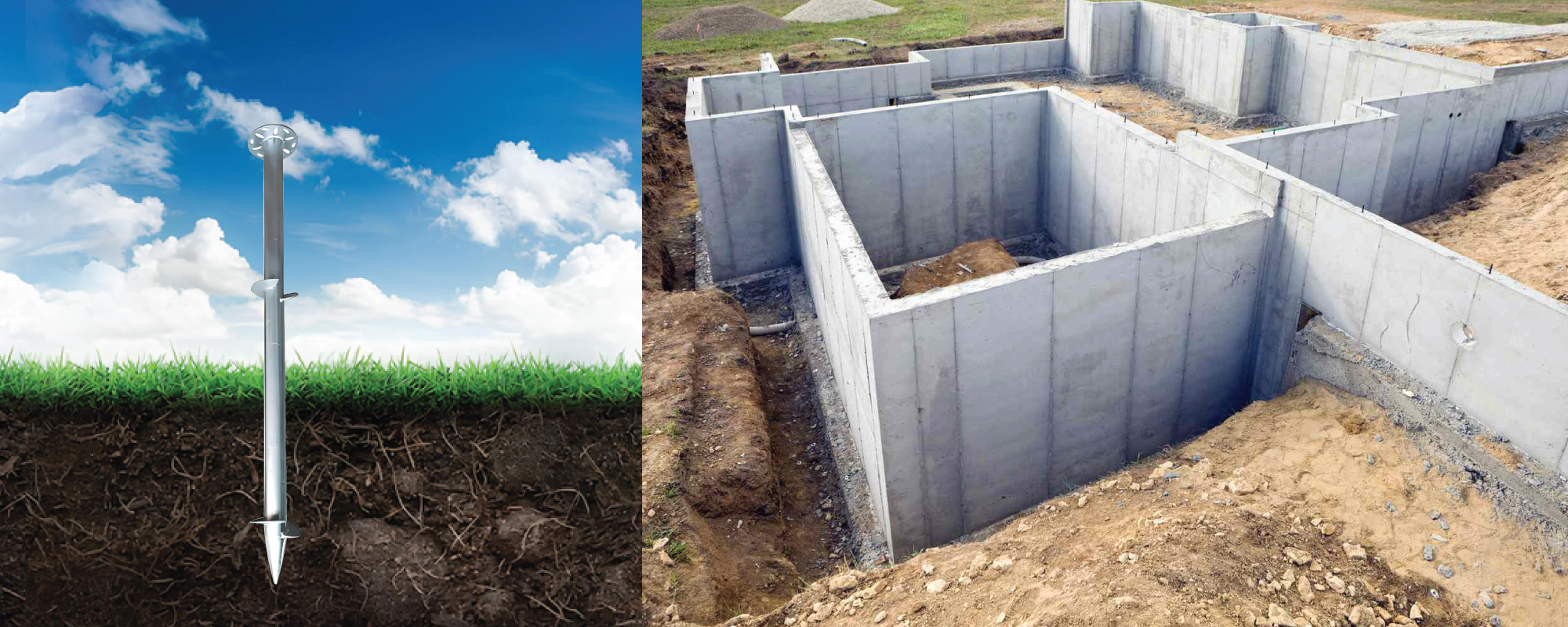
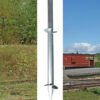


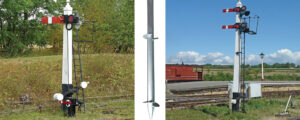
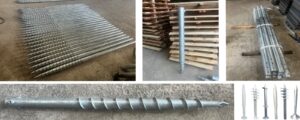
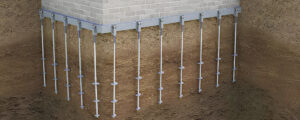

Leave a reply